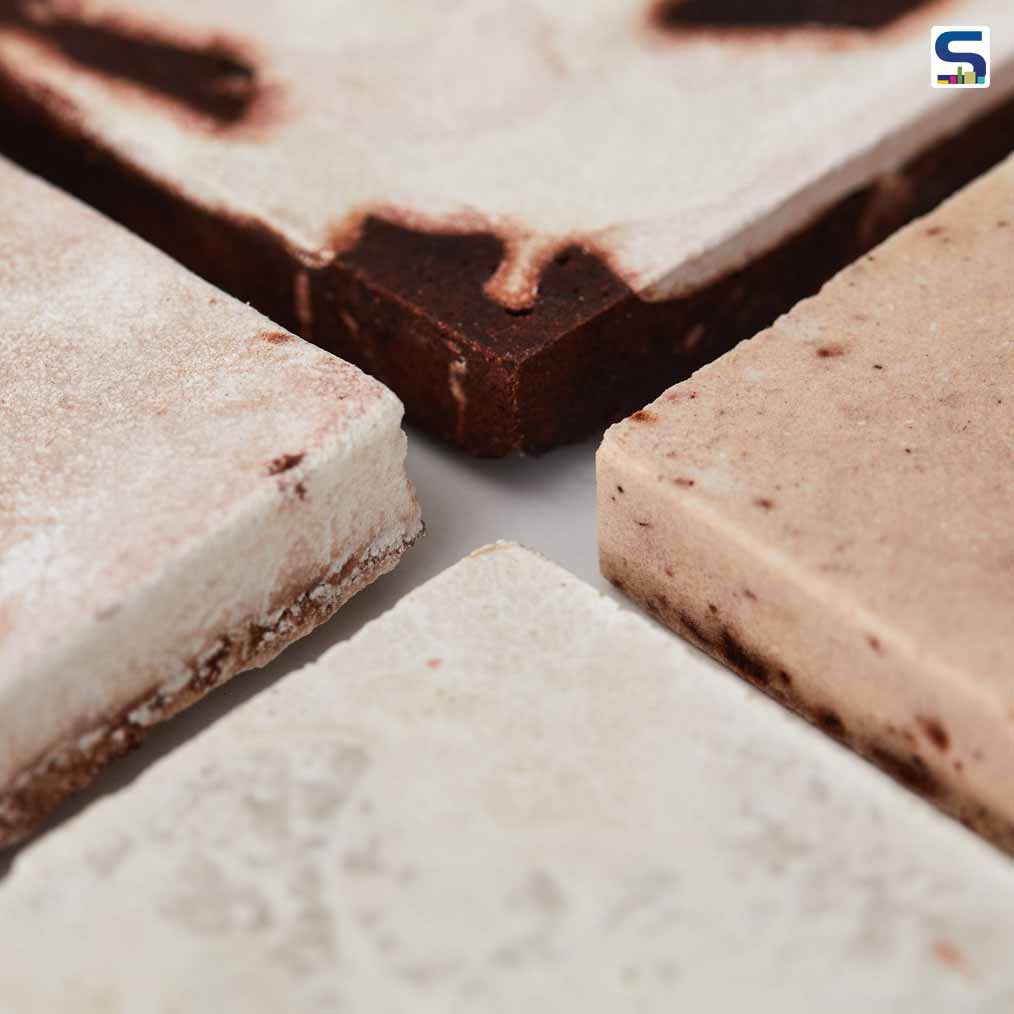
Two graduates of UK art and design school Central Saint Martins, Irene Roca Moracia and Brigitte Kock have reportedly collaborated to produce bio concrete material that behaves like concrete. Unlike conventional concrete that uses components such as sand (sand mining that has severe ecological impact), the bio concrete is made of invasive species such Japanese knotweed and American Signal crayfish which are eco-hazards themselves and are known to colonise and destroy the water ecosystem.
Reports suggest that removal and control of invasive species cost the UK nearly £1.8 billion annually. The harvested material is incinerated, buried or trashed. In a report, Moracia and Kock stated, “We want to stop this waste and do not want to create a new industry around this product but to relocate the waste the current system is producing.” Additionally, the LVMH group which includes brands such as Dior and Louis Vuitton has reportedly commissioned the project. The aim is to develop an alternative to current building materials which could be used in luxury stores for sustainable interiors.
Concrete is one of the major reasons for the increase in carbon emissions. The duo has designed a substitute that is beneficial to the environment and helps curb carbon emissions. Japanese knotweed grows through concrete by breaking the structural integrity of buildings and roads. Furthermore, it also impacts other plants by damaging their functioning of the ecosystem. On similar lines, the American signal crayfish’s nature is to dig out into rivers and canal banks which changes the local water quality, thereby resulting in floods and infrastructure collapses.

To create a positive impact by leaning toward a sustainable future, Moracia and Kock combined these two species by using a recipe that had been developed by the ancient Romans. The borrowed technique has been reportedly based on volcanic ash concrete, where knotweed when burnt after removal acts as the ash binder whereas shells from crayfish are used as aggregate in replacement of traditional rocks or sand as they contain fossilized carbon.
The byproduct of a few variations and adjustments in these variables is as smooth as stone or marble. During the curing process, pale ministry green shades to deep burgundy red are created.
Image credits: Dezeen